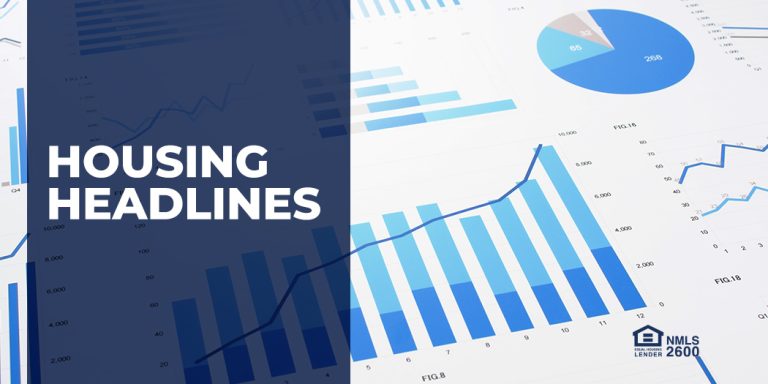IT'S FED WEEK
Last Week in Review: It's Fed Week
The quiet before the storm. This past week, Fed officials were literally "quiet" with no speeches ahead of next week's Fed Meeting where a .75% rate hike is widely expected. Let's discuss what will be an important week ahead.

Another Big Fed Rate Hike Coming
For the first time in over 40 years the Fed is expected to raise rates by at least .75% in back-to-back meetings.
This rate hike will have no direct impact on home loan rates, but it will increase short-term rates like credit cards, auto loans, and home equity lines of credit. Consumers should also expect a boost to the interest rate in your savings accounts.
How will mortgage rates react? That is the unknown at the moment. Back in June, when the Fed also raised rates by .75%, the 10-yr Note yield hit 3.49%, the highest levels in years, and moved sharply lower on increased recession fears. Today, the 10-yr Note stands near 3.00%. If the economy can absorb higher long-term rates, then we should expect long-term rates to move higher. Currently, the 2-yr-Note yield is near 3.25% and inverted with the 10-yr, which typically portends a recession.
In a recession, long-term rates do not go higher, and the Fed doesn't hike rates.
The Fed, who controls short-term rates, is hiking the Fed Funds Rate to slow demand, tamp down inflation, cool off the labor market and remove "froth" from the housing market.
Froth Removed
"Single-family starts are retreating on higher construction costs and interest rates, and this decline is reflected in our latest builder surveys, which show a steep drop in builder sentiment for the single-family market," Jerry Konter, chairman of the National Association of Home Builders (NAHB).
With the US economy close or in a recession, we should expect housing to slow, and it is. The single-family home market is also slowing in the existing home arena. The June Existing Home Sales report showed the slowest sales pace since June 2020, at the start of the Covid pandemic.
The median price of a home sold in June hit $416,000, another record and an increase of 13.4%. Price gains are expected to slow in the months ahead to a more normal rate of appreciation – this is a good thing.
The Unemployment Line is Getting Longer
Initial Jobs Claims, a leading indicator of the labor market, showed that 251,000 signed up for unemployment benefits. This is a low historic number, but the numbers have been increasing each of the last several weeks – highlighting layoffs across the country.
Currently, there are still 2 jobs available for every unemployed person that wants a job, so the labor market remains strong, which is great for housing as well as ensuring any recession would be shallow.
Let's hope the Fed stays true to their word and remains "nimble" in response to the incoming data which is showing signs of worsening.
Bottom line: Home loan rates appeared to have stabilized and more housing inventory has been coming to the market in many areas. With that said, if you are interested in purchasing a home, it remains a great time to find a home and capture rates well beneath the rate of inflation.


